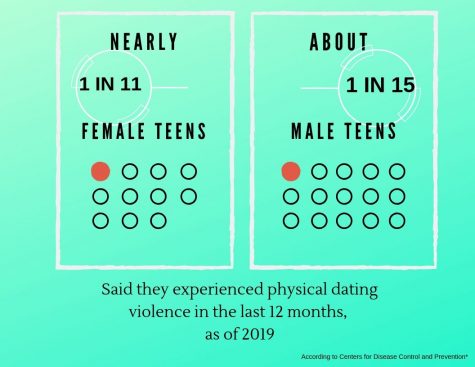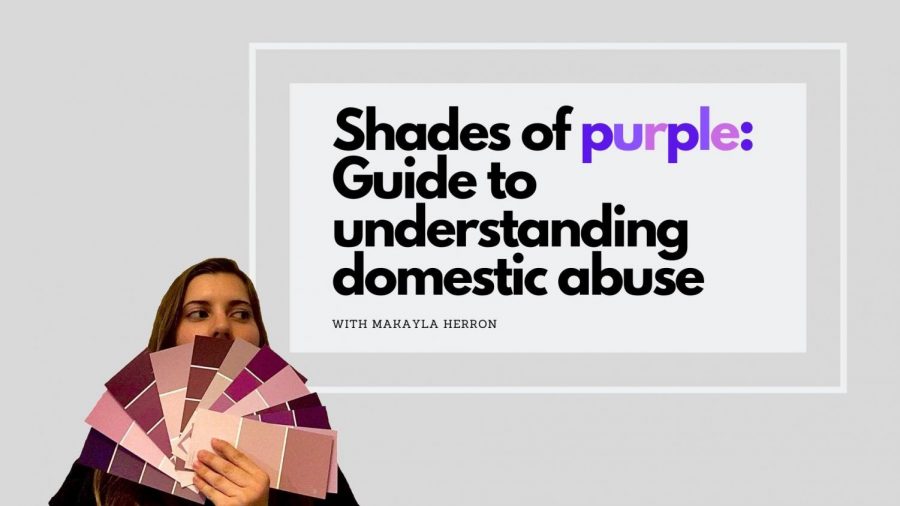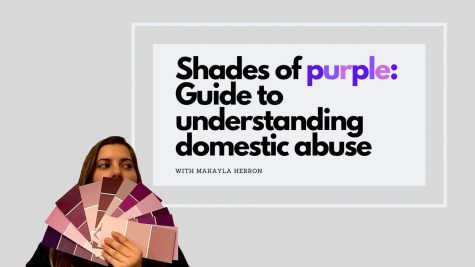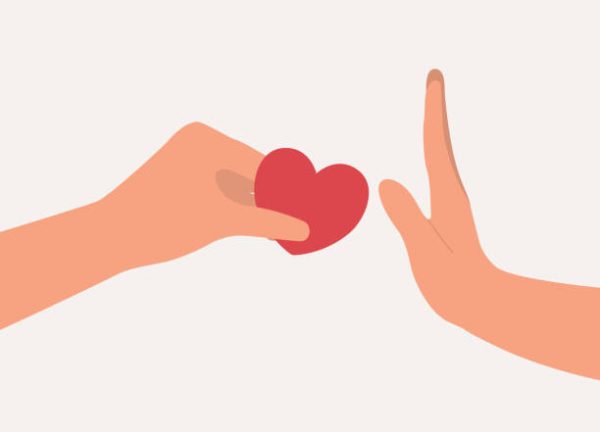Shades of purple: Guide to understanding domestic abuse
Identifying types of domestic abuse
Every year, over 10 million people experience some form of domestic abuse, which encompasses sexual, mental, verbal, financial and physical. These relationships can be married or unmarried, homosexual or heterosexual, and old or young. For the younger group, which embodies high school students, it can be especially scary because we’re new to relationships and are still learning how to appropriately behave in them. In terms of domestic abuse, one thing students should consider is that it’s not exclusive to physical pain. The mistake made here is the inability to draw a distinction between domestic abuse and domestic violence.
Domestic violence, of course, is equally appalling as any other form of abuse, but it’s important to recognize all of the types, what they mean, and how you can handle situations differently depending on the type.
1. Sexual
Sexual abuse involves a nonconsentual sexual act and ranges from non-physical harassment to assault. This abuse includes, but is not limited to, extortion of a sexual nature, repeatedly pursuing someone in a sexual manner when they previously claimed they were uninterested, inappropriate remarks, unsolicited use of indecent photographs, or any form of rape and incest. Sexual abuse can occur both on and off-campus, but there are multiple paths victims can take to protect themselves. On-campus, students can report incidents of misconduct whereas off-campus students should go directly to the police. Either way, there are many laws that victims can refer to for legal support.
2.Emotional
The line between what emotional abuse is and isn’t can often be blurred. For example, arguments and speaking bluntly are not abusive. However, there’s a lot that is. When a partner intentionally punishes, isolates or belittles you in order to manipulate how you feel, then emotional abuse has taken root in that relationship. It can be subtle, too, and occur with a single look or a refusal to recognize the role you play in the relationship.
The effects emotional abuse leaves behind are long-standing, but not permanent. Sometimes all it takes is time and therapy to heal the emotional scars left behind by your abuser.
3. Verbal
Similar to emotional abuse, it can be difficult to deduct what is actually considered verbal abuse, partially because a lot of it is up to your interpretation. However, there are several signs to take note of as you begin dating someone and it’s best to watch out for them early on in the relationship. However, if the signs aren’t initially apparent, there are still several resources available for victims to remediate the effects of their abuse, such as support groups.
Although we have a tendency to blame the victim, it’s important to recognize that, as in all the other forms of abuse, the responsibility belongs to the abuser. The abuser has the choice not to say insulting or humiliating things, throw out baseless accusations, attempt to guilt you in multiple ways, or frequently yell or shout at you. Furthermore, the victim has the right and opportunity to feel upset or hurt, and should never be cast off by others as dramatic because it will only feed the victim’s perception that they are at fault.
4. Financial
This type of abuse comes in a variety of forms, yet is often chalked up as “financial problems” between partners. Financial abuse can involve assuming control over another’s economic dealings, such as determining what they can or cannot spend, limiting their ability to have an income, intentionally blinding them from the couple’s finances, or ruining their partner’s credit by taking advantage of their marital status, thus forcing them into debt. While these are all hypothetical examples, they can provide a warning for individuals preparing to become financially independent — to, in fact, stay financially independent and refrain from combining their finances with a controlling individual.

5. Physical
Physical abuse takes the threats from verbal and financial abuse as well as the suggestive remarks from sexual abuse and acts on them violently. This type includes hitting, pushing, strangling or restraining and accounts for 21% of all violent crime, according to a report in 2014 by the U.S. Department of Justice.
A Centers for Disease Control and Prevention (CDC) 2019 report shows that nearly one in 11 female teens and about one in 15 male teens have experienced physical dating violence in the last year. A separate study published in 2018 by the U.S. Department of Justice, which pertains to criminal victimization, shows that only 47.2% of domestic violence cases are reported. While victims have several reasons for not wanting to report their situation, informing law enforcement brings justice upon the perpetrator. Yet for students that are nervous about contacting the police or unsure of what to do, the National Domestic Violence Hotline is an available and helpful resource.
Sometimes there’s no way to foresee that domestic abuse will plague your relationship, but the best thing you can do once you’ve identified the presence of abuse is to seek help, regardless of how intimidating it may be.











